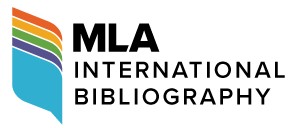Abstract
The Qing dynasty was a crucial period for the dissemination of Ouyang Xiu classical prose. In the early Qing, the literary model shifted from Su Shi to Ouyang Xiu, influenced by changes in the understanding of qi (vital force) in literary thought. Since then, Su Shi's prose no longer held the same stature as Ouyang Xiu's, and the pairing of Ouyang Xiu with Zeng Gong became more prevalent among scholars. During the mid-Qing period, both the Tongcheng School and the Wu School of textual criticism professed to follow the literary principles of Ouyang and Zeng, though they interpreted Ouyang's style differently based on their respective thematic concerns. In the late Qing, a split within the Tongcheng School emerged over Ouyang Xiu's prose, specifically regarding whether his style was overly simplistic. This debate led to differing approaches to Ouyang's legacy, with figures like Mei Zengliang and Lin Shu adopting distinct methods of transmission. This also highlighted the tension between the two stylistic tendencies within Ouyang Xiu's prose.
Keywords
Ouyang Xiu, classical prose, the Qing dynasty, the Wu School of textual criticism, the Tongcheng School
First Page
95
Last Page
105
Recommended Citation
Zhou, You. 2025. "The Transmission and Shifting Status of Ouyang Xiu's Classical Prose in the Qing Dynasty." Theoretical Studies in Literature and Art 45, (1): pp.95-105. https://tsla.researchcommons.org/journal/vol45/iss1/9


